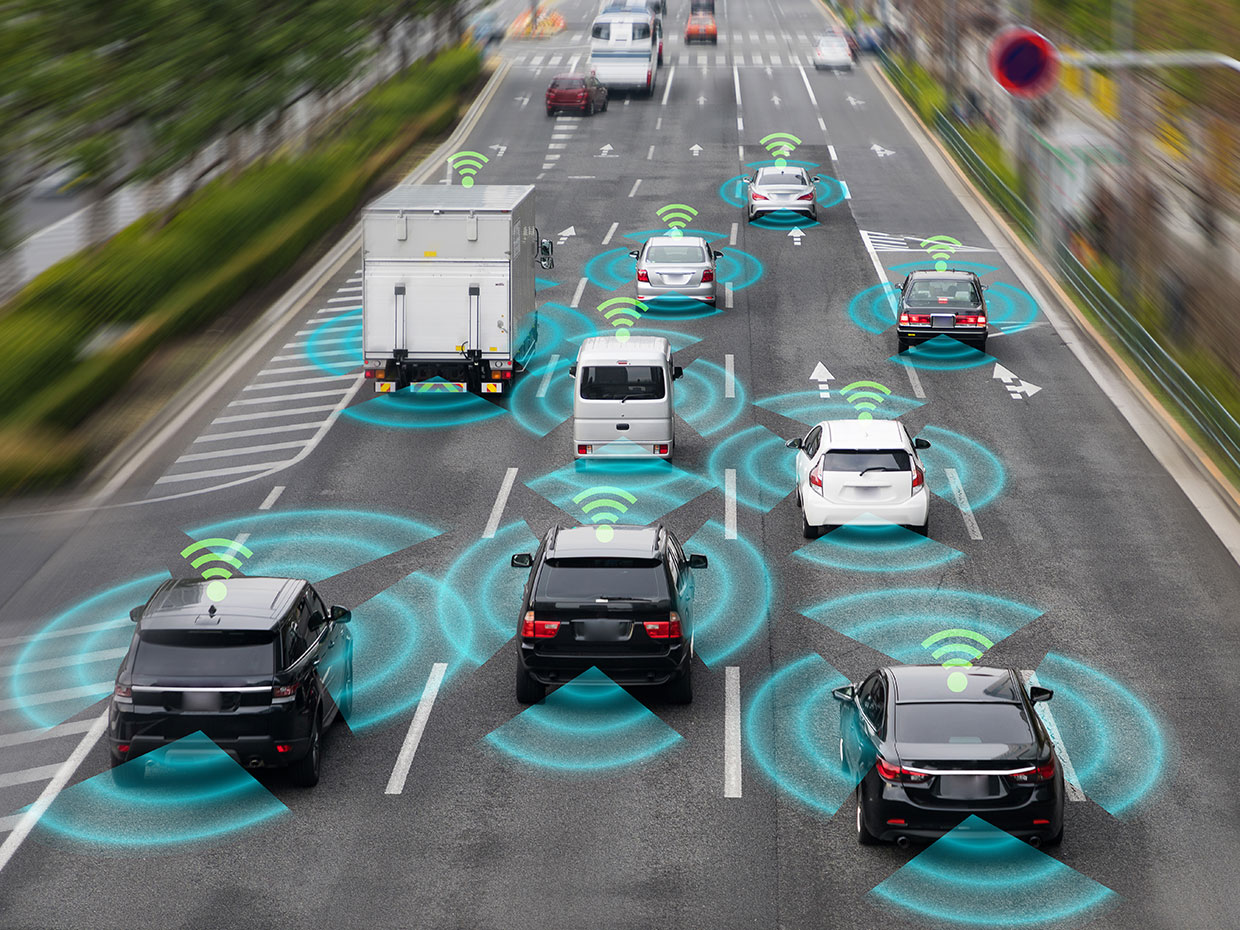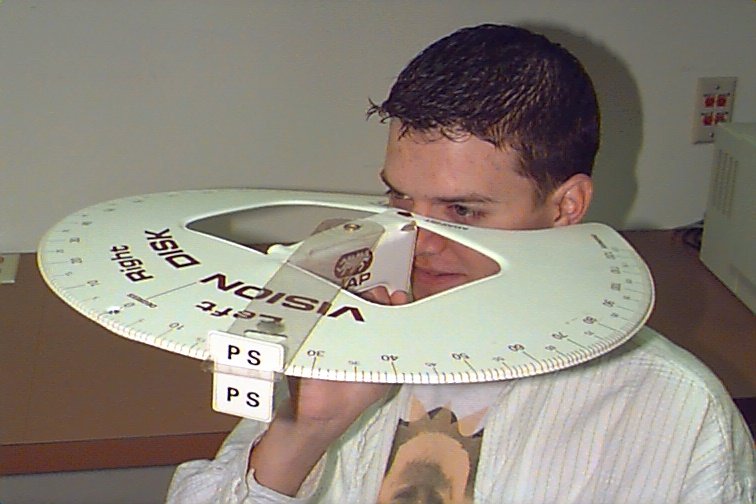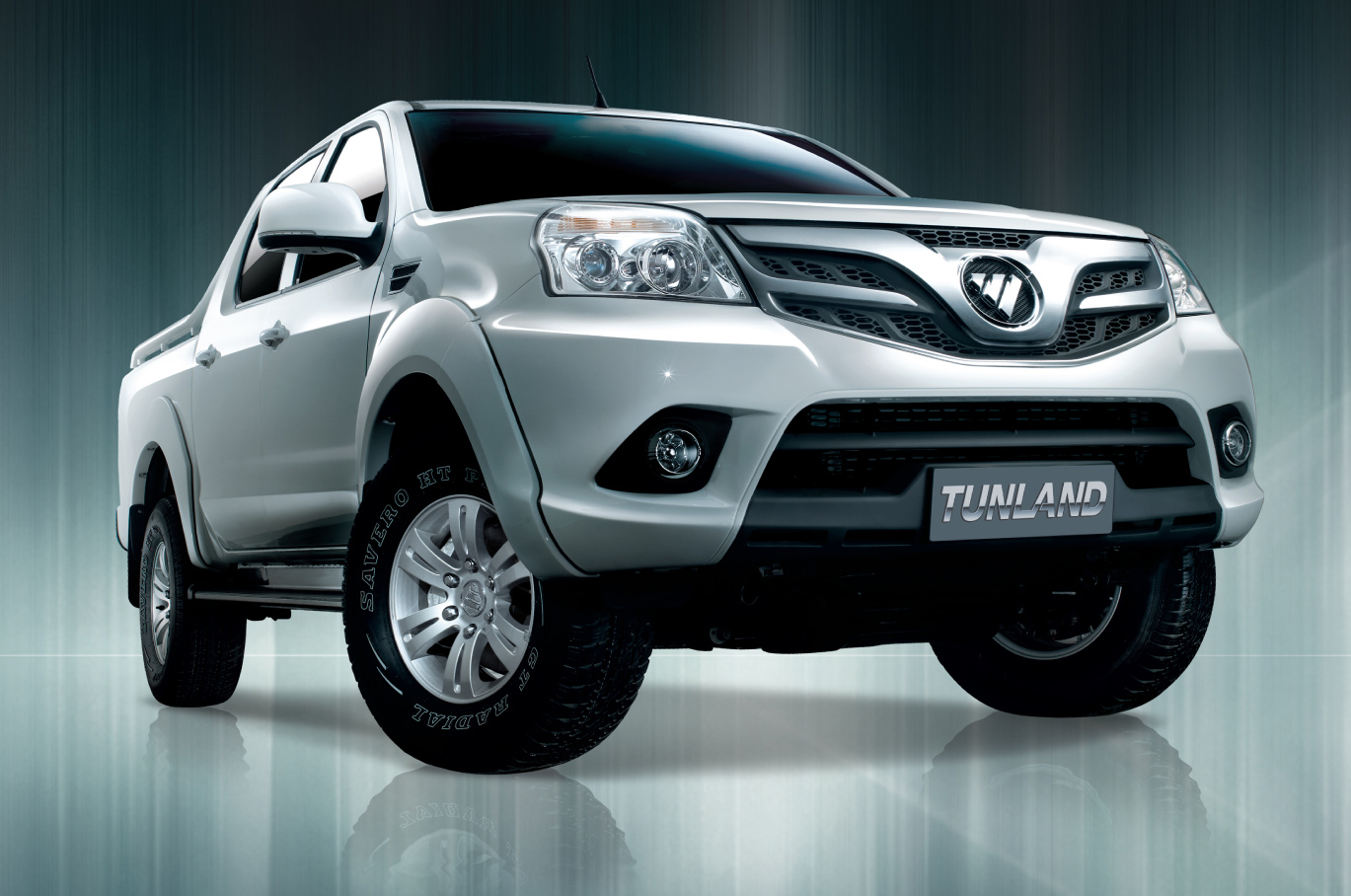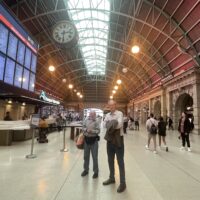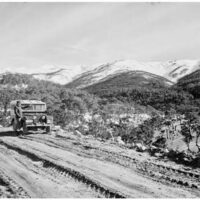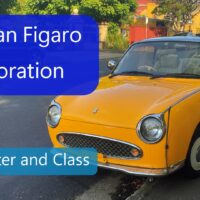A conversation with Professor David Hensher
As part of a podcast series for the University of Sydney Institute of Transport and Logistics Studies (ITLS), David Brown had a conversation with Professor David Hensher the founder and director of the ITLS.
The subject was on computer modelling of the landuse/transport systems, most particularly the ITLS developed MetroScan model.
The full interview can be heard at
DB: Computer modelling of the transport system; you’re not condemning the previous ones, are you? It’s just that it’s an evolution that we’ve got to go through?
DH: It is an evolution and we’ve been doing this for over 60 years now and it’s been rather slow in coming up with what I would regard as behaviorally more appropriate ways of looking at the question, “what is the best spend” in terms of infrastructure improvement or service changes to our entire system, not just roads but public transport. So what we’ve been doing, and if I could just tell you the motivation for doing this because I think that’s interesting, is that for many years consultants were asked by government in the main to evaluate two or three pre-chosen projects of which the decision was that one of them will be built or delivered in some form.
Therein lies a problem. It is known as how “do you actually identify the candidate?” how do you identify a set of real possibilities that might make a difference to the way in which our cities grow and provide wellbeing, livability etc. that we all aspire to want to be part of. And so I’ve had some frustration for many years, that instead of predetermining a few projects, and often they’re the pet projects of politicians, like it will be a light rail or it’ll be a heavy rail or it might be a road; why not ask a broader question on how can we develop a framework in which we can include, in a systematic way, lots of possible projects, programs, policies that may identify other ways in which we could get a better spend from the scarce tax dollar that the taxpayer essentially contributes to.
In other words, there must be a better way of narrowing down the set of projects that we want to seriously evaluate than just simply what I would describe as a bit of a favorites list, that’s often the case. And then what happens, the “favourites” list is maybe two or three projects to evaluate, and often it’s the one project with two variations like two different alignments of a road or two different alignments of a rail track for example, and then we hire a consultant for say three years on a huge sum of money to do a major evaluation of the very limited set of options, instead of finding a mechanism by which we can very quickly evaluate many possibilities to narrow down to the ones that could really make a difference on demand and on benefit and cost.
What we have done at the University of Sydney over the last 10 to 15 years is develop such a framework which we call MetroScan and it’s called MetroScan because it’s a way in which we can scan, very quickly, literally hundreds of possible ways in which we could improve the performance of our transport system but to do it at a level of detail where it may not be necessary to do anything more than that in providing an evaluation outcome that could be used to determine whether that project is one worth supporting. Then we go into the design phase.
DB: The thing about evaluating them too is that we often have blind statements of faith which direct where the process will go on. “Public transport should be free” or “we should toll everything” which may be some important points, I’m not denying it, but it seems to me that they narrow the approach. Now you’re talking about a model system that you can run very quickly. That’s important isn’t it, so that we don’t have to wait for a long time to get an idea, not a total solution, but an idea of where a statement may lead us rather than necessarily come at the end and say well yes it’s either good or bad (whatever that means).
DH: That’s a very good point. We don’t want to wait two years for a consultant to come out with a recommendation which is not it’s not a good recommendation either. And the beauty of MetroScan and we’re fortunate at the University of Sydney that we have access to high speed computers, in fact the fastest and Australia I’m told, is that once we’ve got all our models working efficiently you come to us and say what might be the situation if we were to build say a light rail between “a” and “b” we should be able to within 40 minutes, and I tell you 40 minutes, do a passenger forecast 30 years out and then move those forecasts into a benefit/cost analysis given the cost of providing that system, to come up with a benefit/cost ratio where the benefits relate to the relative advantages in terms of time savings, cost savings, crowding impacts, whatever else is a benefit.
DB: Might that also then spill over into public interaction. I’ve been to many a public meeting for information which tends to be a presentation on what the government has already decided.
DH: Yes.
DB: One government official once described it as “we have an approach of ‘decide and defend’. We decide and then the whole public consultation is about defending that”.
DH: Yes.
DB: Whereas, sometimes they are open ended but they’re open ended in the wrong way. “What would you like?”. “I’d love to train”. “All right we will see what we can do”. No one asks well “how would you use it?, what would you pay for it? and what can’t we afford to pay if you do that”. Your point earlier, here’s some money, what would you like to do? If you do it, your system might well be able to say well let’s have a meeting and propose three things I’ll come back and tell you what it means.
DH: Yes, the important thing about the way we evaluate these is that you’re evaluating them on the full population that live in the area, and although you may wish to share that with the community which may be a community group that’s got a lobbying interest, they need to understand what the community at large would respect as a possible outcome because there’s no doubt about it that a lot of these town hall meetings, for want of a better word, are very much against a narrowly focused group that has a vested interest rather than the community at large. So the word community meeting is a bit of a misnomer in my view. Having been brought up in economics and planning and behaviouralism, a good community is one that has some degree of representation across all segments; not just those who are able to go to a meeting, speak loudly, be articulate and win a few points, and silent minority in dominant majority I should say.
And so nothing wrong with that process, but we need to put it in context and to have that as supplementary evidence from an independent source like a university to say, well, this is the position and the beauty of our work, we can disaggregate down the results to different groups of people like the low income and the high income. We want to know whether some of these projects will benefit those or more socially excluded members for example. We know for example from work we did in using MetroScan in Melbourne is that adding an additional bus service per hour in the outer suburbs has far more benefit in terms of improved access per dollar than doing the same in the middle suburbs or the inner suburbs. It’s about three times the value per trip because there the people have poor access.

